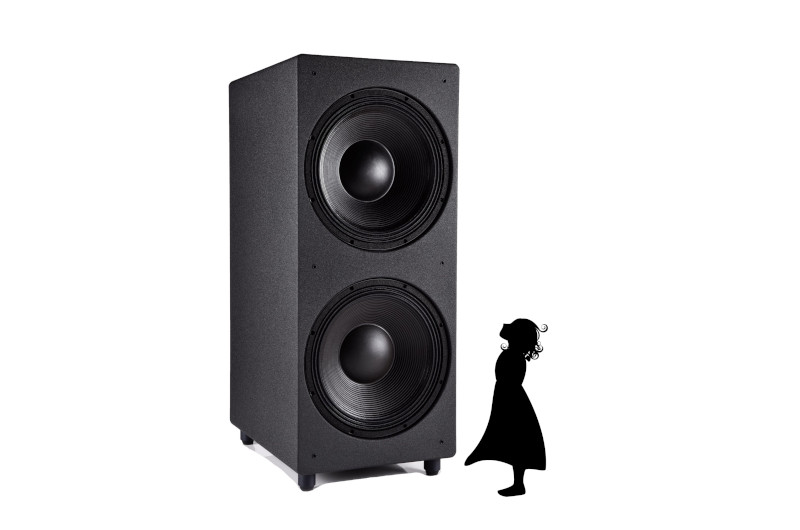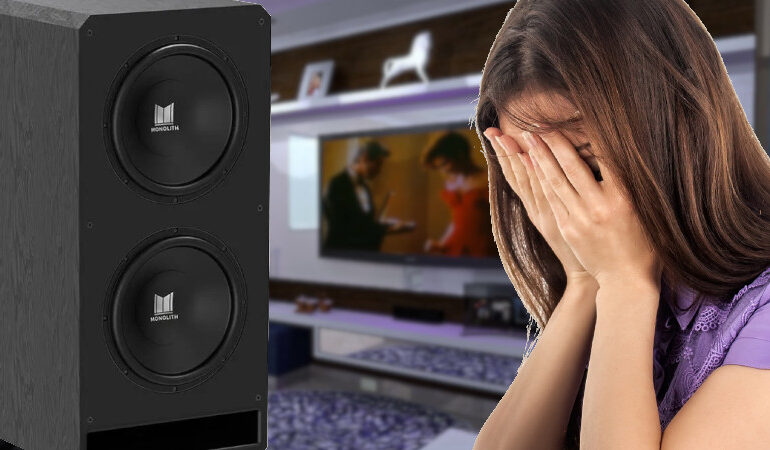Is My Subwoofer Big Enough?
People online seem convinced of two things: Your TV is too high and your subwoofer is too small. How do they know? People ask about subwoofer purchases online and the advice they get seems definite. As if the person, without knowing anything else about the room or system, just KNOWS that the larger subwoofer is always better. But is it? How do you know if your subwoofer is big enough? Let’s discuss!
A Handy Chart
The deal with subwoofers is that you want them to pressurize your space. To do that, you need to know the amount of space you have (cubic volume of air). This isn’t just the space you intend to use as your “cinema area,” but the enclosed space. If there is an open hallway attached, it is included. If your “home theater” is open to the kitchen, it is also included. Any open air that is not blocked by a door or wall is included in your calculation.
Second, you need to know how much air a subwoofer can pressurize with bass. You could call the manufacturer and ask, or you could check out this handy chart over at AV Forums. The chart features a lot of subwoofers on the left and the volume of air (in feet and meters cubed) along the top. Inside, there are a bunch of numbers that are either positive or negative. Find your subwoofer on the left, your volume of air on the top, and where the row and column intersect is your number.

What Does It Mean?
The simplest way to read the chart is to compare your number to the volume level you normally use when watching a movie on a disc. If the number is the same or higher, then your subwoofer is big enough for your space. If the number is lower, the subwoofer is too small.
For example, let’s pretend your number on the chart is -14. When you are watching movies on a disc, you normally keep the volume on your AV receiver at -10dB. This means that your subwoofer cannot fill your volume of air at your listening level. Your subwoofer stops getting louder at -14dB on your receiver’s dial. On the other hand, if your number is a zero or in the positives, your subwoofer can get much louder than you’ll ever need. We consider this a waste but at least you’ll be able to move your system to a larger room without needing to upgrade your subwoofers.
Take Away
If you are currently shopping for subwoofers, you can look at your volume of air to find all the subwoofers that will pressurize your space. If you are planning two subwoofers (and you should), then you can subtract four from your volume number. This is because a second subwoofer will add about 4dB of volume to your room. In our previous example, if you normally listen at -10dB, any subwoofer that is in your column with a rating of -14 or higher will work in your space. Your current subwoofer (rated at -14dB) is too small but would be just right if you got a second one. Happy shopping!


